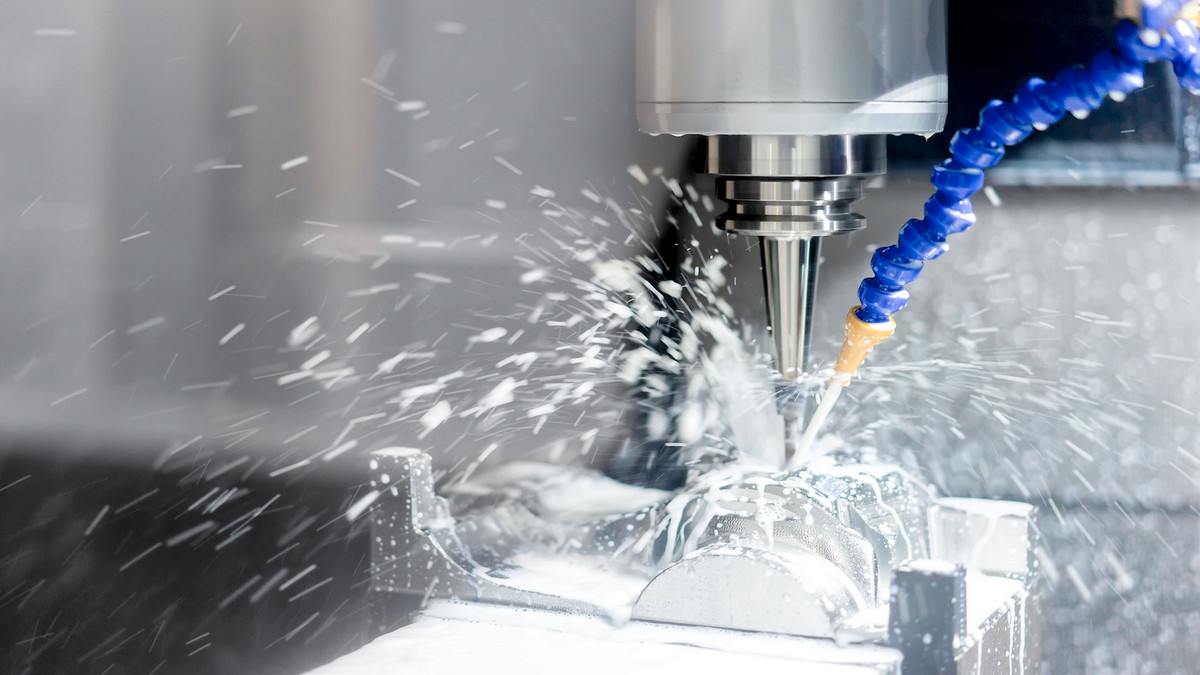Table of Contents
- Introduction to Vertical CNC Milling Machines
- Key Technological Advancements
- Applications Across Industries
- Benefits of Using Vertical CNC Milling Machines
- Challenges and Considerations
- The Future of CNC Technology
- How to Select the Right Machine
- Expert Opinions on Industry Trends
Introduction to Vertical CNC Milling Machines
Vertical CNC milling machines have become the backbone of the manufacturing sector, offering unparalleled precision and efficiency. These machines, controlled via computer numerical control (CNC) systems, execute intricate milling tasks with precision that manual methods could never achieve. A CNC vertical mill is a critical technology in the automotive and aerospace sectors, known for its vertical alignment and capability to work on intricate surfaces. The evolution from manual to automated CNC milling marked a significant milestone in industrial manufacturing. It facilitated rapid production cycles and improved product quality. Today, these advanced machines are critical players in production lines worldwide, setting new benchmarks for efficiency and reliability. As we explore their prospects, we also consider the technological advancements that make these machines highly relevant in modern-day applications.
Key Technological Advancements
Technological advancements
Technological advancements in CNC milling have transformed the manufacturing landscape. Key innovations include the integration of artificial intelligence (AI) and machine learning, which have enhanced the capabilities of CNC systems. AI algorithms predict maintenance needs and optimize production efficiency, reducing operational downtimes. Moreover, with AI, vertical CNC mills are becoming more intelligent and autonomous, capable of adapting to complex machining tasks with reduced human intervention.
Another vital advancement is the infusion of the Internet of Things (IoT), which gives rise to smart factories where CNC machines are part of an interconnected network of devices. This connectivity enables real-time monitoring and control, significantly enhancing production management and operational efficiency. IoT has also made it easier to run diagnostics and perform predictive maintenance, ensuring the machines run smoother and more reliably than ever with greater precision.
Applications Across Industries
Vertical CNC milling machines are indispensable in numerous industries, catering to diverse manufacturing needs. In the automotive industry, these machines produce engine components and other critical parts, helping to uphold stringent quality and precision standards required in this sector. Meanwhile, aerospace manufacturers rely heavily on CNC mills to construct components from lightweight and durable materials, which are crucial for aircraft performance and safety.
Another prominent application area is the medical field. Here, CNC milling machines are pivotal in crafting custom prosthetics and surgical instruments, where precision is paramount. By producing complex parts with intricate designs, CNC technologies enable medical professionals to offer personalized, high-quality care. Across these sectors, the adaptability and precision of CNC vertical milling machines continue to drive innovation and efficiency.
Benefits of Using Vertical CNC Milling Machines
The adoption of vertical CNC milling machines brings numerous benefits to manufacturers. A primary advantage is the unparalleled precision and accuracy these machines offer, enabling the consistent reproduction of complex part geometries. This level of accuracy is crucial for industries where minute deviations can lead to substantial issues in product performance and safety.
Additionally, CNC milling machines enhance productivity, as they can operate continuously with minimal downtime. Automation allows for faster production cycles, leading to a greater output in less time. It meets the demands of fast-paced manufacturing environments and results in significant cost savings as production waste is minimized, resource use is optimized, and overall production expenses are reduced.
Challenges and Considerations
Despite their advantages, vertical CNC milling machines present specific challenges. One notable concern is the substantial initial investment cost. Companies must weigh this cost against the machine’s long-term benefits, such as improved efficiency and lower labor costs. Furthermore, operating CNC machines requires skilled personnel, necessitating ongoing training and professional development. Maintenance and regular calibration are also critical to maintaining optimal machine performance. Machines can experience more frequent downtimes without proper upkeep, affecting production schedules and output quality. Cybersecurity is another growing concern, especially as more machines become connected within IoT frameworks. Protecting data and manufacturing processes from cyber threats is paramount in maintaining production integrity. Addressing these challenges requires strategic planning and investment in technology and workforce development.
The Future of CNC Technology
The future of CNC milling technology promises exciting developments, with emerging trends focusing on enhanced automation and greater integration of artificial intelligence. Innovations such as 5-axis machining and hybrid manufacturing (which blend additive and subtractive processes) are set to redefine CNC machines’ manufacturing capabilities. These advancements will enable more complex designs and further customization options for clients.
Moreover, sustainability is expected to play a significant role in shaping the future of CNC technologies. As environmental considerations become increasingly crucial, the focus will likely shift to developing processes that reduce waste and energy consumption. Customization will also become a pivotal focus, with real-time data analysis driving bespoke solutions that cater to individual client needs and preferences. Through these advancements, businesses will continue to push the boundaries of manufacturing efficiency and product excellence.
How to Select the Right Machine
Selecting the ideal CNC vertical mill requires careful consideration of several factors. You must assess the size and complexity of the parts you’ll be producing, the kind of materials you’ll be working with, and your expected production volume. Additionally, evaluating machine specifications, such as spindle speed, feed rate, and tool capacity, is crucial in making an informed decision. It’s also advised to research and compare manufacturers, considering their reputation and the post-sale service and support they offer. A thorough assessment of these factors will ensure you select a machine that effectively meets your business objectives and supports your operational goals.
Expert Opinions on Industry Trends
Industry experts agree that the CNC machining landscape is rapidly evolving, with trends moving towards increased automation and connectivity. Reports indicate that businesses increasingly leverage data-driven strategies to enhance production efficiency and adapt to changing market demands. Embracing these innovations is crucial for companies aiming to stay competitive in a globalized manufacturing environment.
According to analysts, the focus on sustainability and efficiency will continue to guide the CNC industry. As companies strive to meet high-quality standards, trends suggest a growing emphasis on integrating sustainable practices into manufacturing processes. Forward-thinking businesses that embrace cutting-edge CNC technologies will likely reap significant benefits, capitalizing on the industry’s trends to deliver superior products and services in the coming years.







